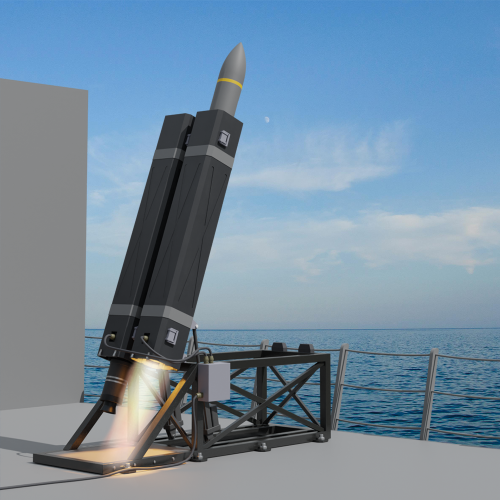One thing I seeing people forgot bout the newer ASHMs like the TLAM V, LRASN, and NSM...
is that they are Stealth designs that fly extremely low.
Talking sub 100 foot here.
Unless you have AWACs types up, you are not even able to fucking see that till its 50 miles out.
Without stealth mind you, the radar Horizon max out at 50 60 miles for ships mask sets, for the big phase arrays like tge SPY1 that down to 30 40 since they are lower.
The Stealth likely makes it a out right PITA to detect up to 10 miles away. Inside that it slowly becames easier til its visible in the 5 miles band where ThermoOptics can detect and track it.
That cuts out most of the weapons can bring to bear and at the Tomahawks speed of 550 mph?
You got less then 30 seconds to kill it from a 5 mile detection, 1 minute from 10 and 2 for 20.
That isnt a whole lot of time even with computers.
Throw in numbers, which we do need far FAR more of...
Well 8 to 16 missiles popping up at at 10 miles is a scary deal.
Compare to hypersonic cruisers that need to be above 10k to work, and you can see that from well over 200 miles away via radar. Even at mach 5, or bout 1 mile a second that gives you well over 3 minutes to set up a shot kill it.
And unlike Low flyers that can get lost in the clutter and make identification a slower process.
You will be able to instantly ID a hypersonic for what it is. You can not hide that. At all.
That is very likely the DOD thought process on the whole hypersonic deal.




